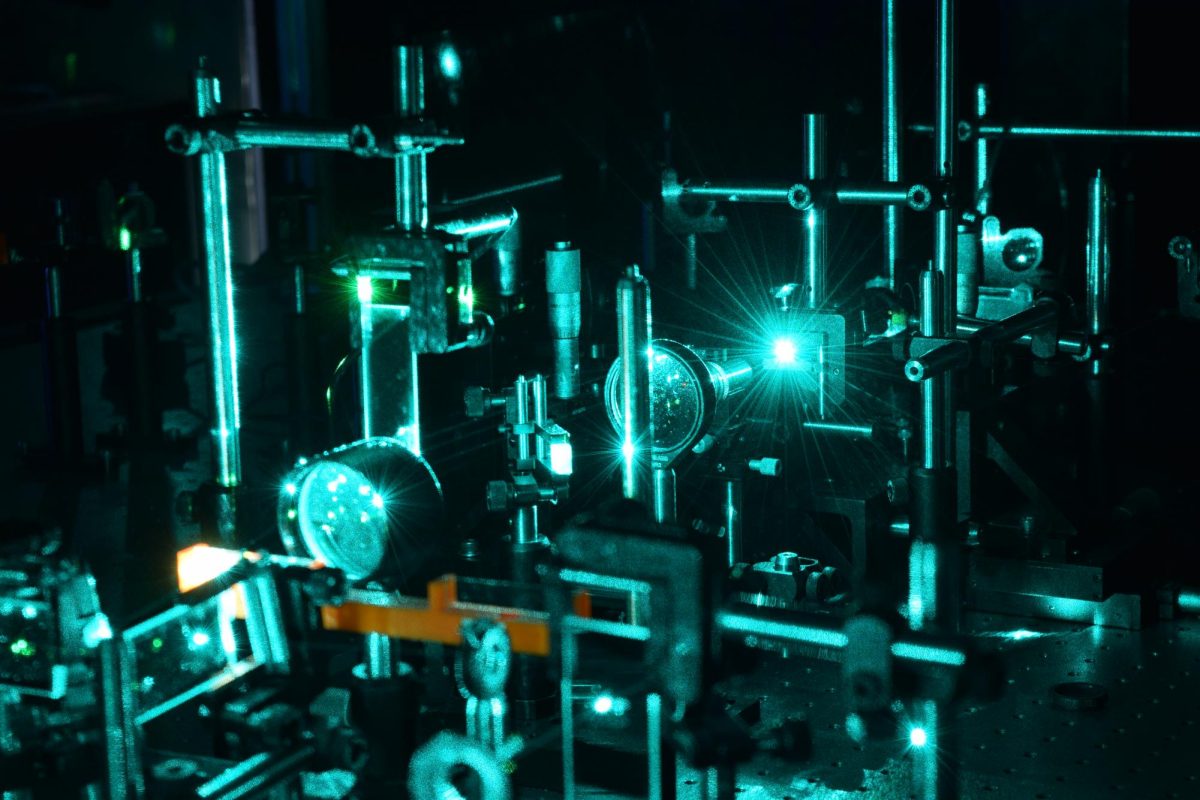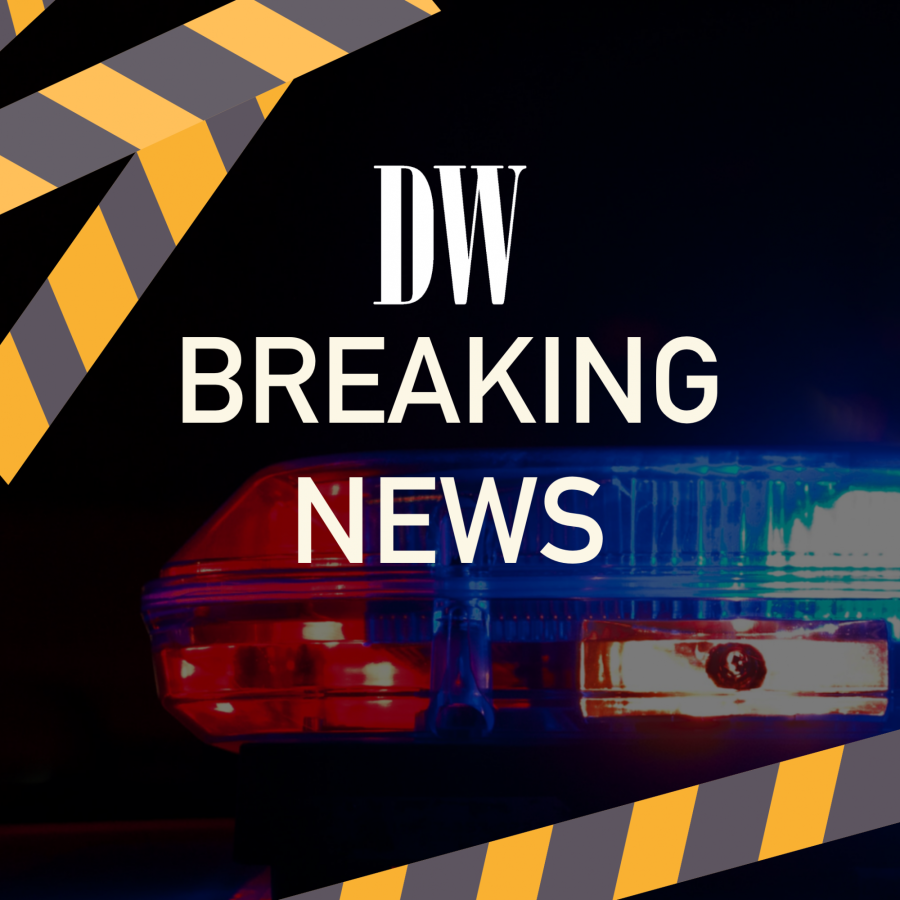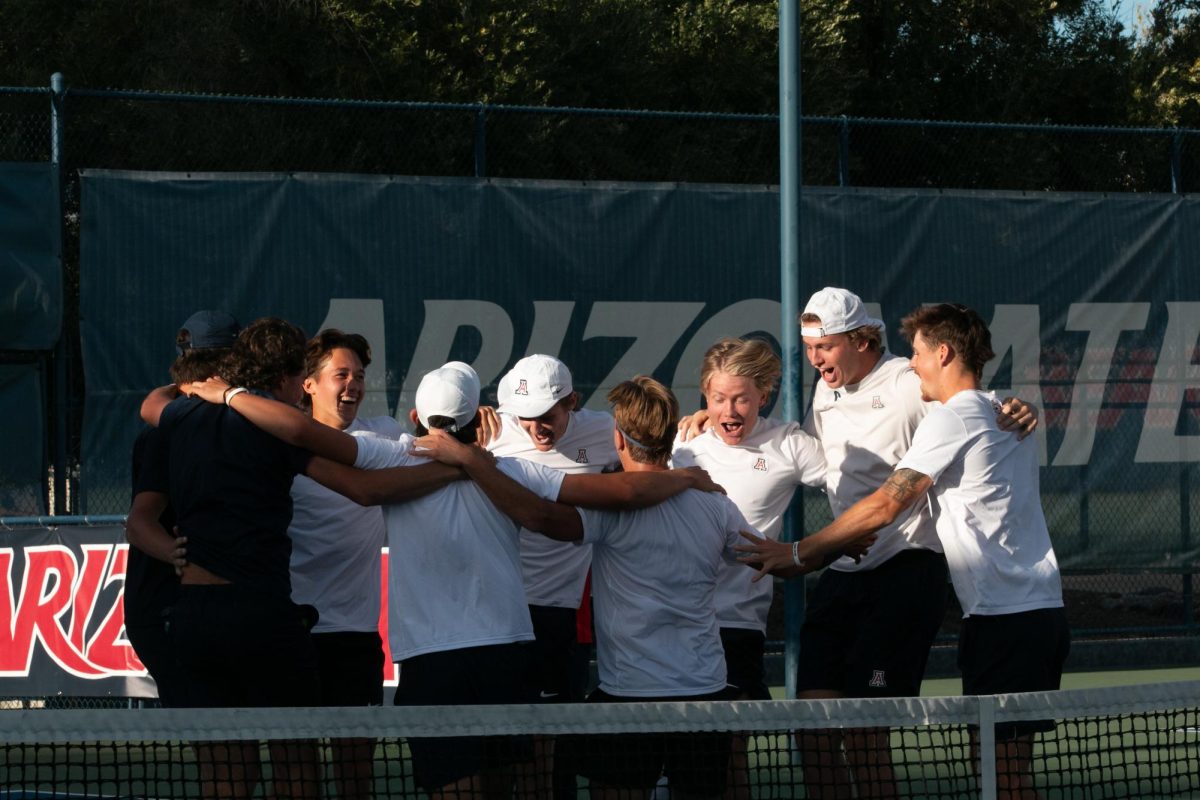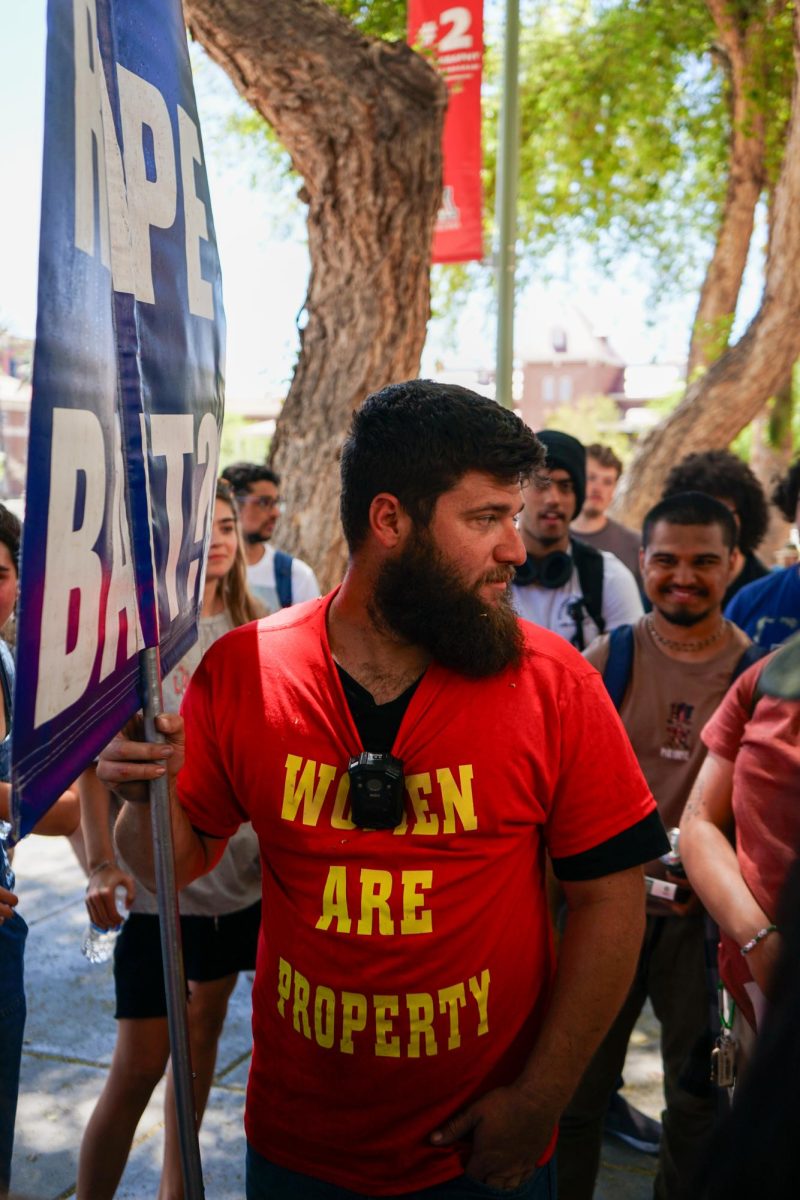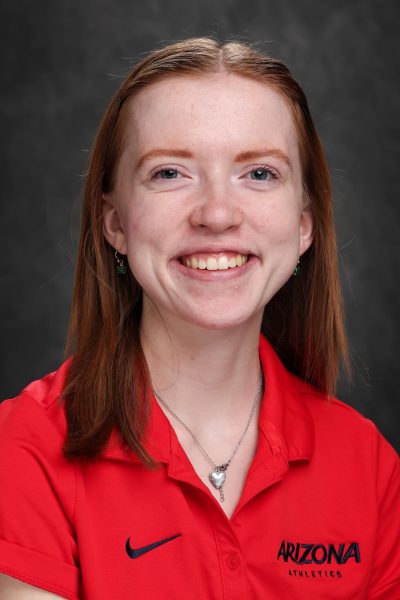The University of Arizona received a $30 million grant from the National Science Foundation to fund the UA’s New Frontiers of Sound, a National Science Foundation Science and Technology Center.
A new frontier of research
This center will explore, in further depth, the study of topological acoustics, a field “that lies at the intersection of condensed matter physics, mechanical structural design and acoustics engineering,” according to the Nature Journal. The research done at this center will look at the geometry and landscape of sound, an “unusual” approach which in turn will uncover some of the “extraordinary properties” of sound, according to the New Frontier of Sound project’s principal investigator and professor of materials science and engineering at the UA, Pierre Deymier.
The interaction with the “extraordinary properties” Deymier referenced will further other topics of research beyond just that of acoustics, some examples of which are biomedical and structural engineering, high speed quantum light computing and monitoring the impacts of climate change.
“This elevated understanding of sound can be applied to so many facets of our everyday lives; new sensing capabilities can improve how we monitor aging, infrastructure or climate change. Enhanced telecommunications could mean better battery life in your cellphones. And as the University of Arizona is well aware, expedited computing is similar to what’s happening with quantum networks,” Gov. Katie Hobbs said at a Thursday press conference celebrating the center.
As Hobbs alluded, the study of topological acoustics applies to cellular technologies in a variety of ways, from lengthening battery life to increasing bandwidths.
“Quite interestingly, sound serves a much more important role in the electronics of cellphones. We use sound and acoustic waves to actually filter and therefore select specific channels when we transmit or receive information. This is actually critical for all our wireless infrastructure,” Andrea Alù, project co-principal investigator and founding director of the advanced science research center at the City University of New York Graduate Center, said. “We realize that the technologies that will extend battery life by making much more efficient processing of these acoustic signals […], and that will also realize a more efficient way of transmitting and receiving signals, [in] this way [will] extend the bandwidths. That means better data rates for the common user, that means streaming videos more reliably […].”
This research also has environmental implications. The study of topological acoustics could be used as a powerful tool for sensing environmental changes and potentially predicting environmental disasters, according to Deymier.
“We can develop sensing technologies that are going to be more sensitive than the current sensing technologies, and in the state of Arizona, we know with climate change we have issues with forest fires in the summer, for instance, when the ground is very dry. We will have the ability of monitoring the dryness of the ground using acoustic waves and perhaps preventing forest fires where they might occur,” Deymier said.
Examining topological studies led to the discovery of analogies between sound waves and quantum mechanics, which affects the future of quantum computing. The study of acoustics requires far less stringent standards than quantum computing, making it easier for researchers in laboratories to study under normal conditions.
“We can exploit these analogies between these acoustic waves and these quantum systems to perform massively parallel information processing which is analogous to what is done in quantum computing, without the drawback of quantum computing, because in quantum computing you need to have very low temperature, cryogenic temperature and very sophisticated equipment for achieving the computation,” Deymier said. “Acoustics is very forgiving and enables us to do a similar type of thing with less sophisticated equipment, and also very stable conditions in the laboratory as well.”
Economic development
Researchers leading the charge in the topological acoustics field are hopeful that it will lead to important economic developments, including the creation of more jobs and the development of new technologies.
“We know the importance of acoustic microdevices for cell phones, and these are going to be manufactured and fabricated and designed by our team and eventually translated to industry,” Deymier said. “One of our partners is Intel Corporation, which is a very important industry in our state, and this partnership is going to help translate our inventions, innovations and technologies into products that the public can use.”
As of January, Intel employs 13,000 people in Arizona, and has an economic impact of $8.6 billion, according to the company site.
“We should be able to develop a number of technologies that are going to benefit the people of Arizona and benefit the economy of Arizona as well,” Deymier said. “But I want to make a point that our team is a national team, involving eight other universities in the nation, including on the east coast like CUNY or in [Boulder, Colorado] or in Alaska, and with these technologies we also create economic development in the entire nation.”
The Center partners include California Institute of Technology, City University of New York, Georgia Institute of Technology, Spelman College, University of Alaska Fairbanks, UCLA, the University of Colorado Boulder and Wayne State University.
Education and engagement
Student education and involvement emerged as a primary focus in the NewFOS project. Sara Chavarria, the project co-principal investigator and assistant dean of research in the University of Arizona College of Education, regarded the education and mentorship of students as a key element of topological acoustic research, and the educational programs offered through NewFOS reflect that sentiment.
NewFOS plans to offer a summer program for community college students and a “year-long research experience that includes eight summer weeks in one of our institution labs,” according to Chavarria.
There will also be a strong emphasis placed on mentorship.
“We will take a collaborative mentoring approach so that our students will be mentored by a team of researchers, graduate students, post-docs and educators,” Chavarria said. “It is important for us to get mentoring right, because our students are the future researchers, educators and industry leaders of topological acoustics.”
Relationships with community colleges in Tucson are a crucial component of NewFOS and a major focus of those involved is continuing to strengthen these relationships.
“The thing that we fail to remember is that community college students are motivated students, talented individuals who don’t often have access to STEM careers due to one reason or another,” Janet Yowell, director of strategic community college STEM initiatives for the College of Engineering and Applied Science at the University of Colorado Boulder, said. “We’re going to reach out to those students to provide them with access to engage in the project and to learn new skills that they can [use to] enhance their STEM futures, particularly in physics and engineering. Through our community college relationships that exist currently, we will further their academic success by offering the peer-to-peer mentoring that was mentioned earlier.”
While no new majors will be added in line with this field of research, Chavarria wants students to be involved in creating new curriculum to add to existing coursework.
“They will also be able to participate in curriculum writing and work collaboratively with researchers on how to translate and create lessons that they want to learn and how they want to learn it, because they are going to be the translators of this new field as we grow the community,” Chavarria said.
Encouraging innovation
The millions in funding from the NSF will bolster this research and community engagement and reflects the influence of this burgeoning field of study.
“An award like this is a testament to our state’s dominance in advanced technology, research and development, and we see society’s biggest challenges as a chance to innovate, problem-solve and forge new horizons. This center will ensure researchers in Arizona and their collaborating institutions leverage this opportunity to embolden our state and nation’s position in the world,” Hobbs said. “Their work will write the book on this subject; the curriculum and textbooks that educators turn to will come from this center, serving as the gold standard for those wishing to work in the field, and this work will enable researchers to gain insights on information that hasn’t always been accessible to us, but is critical to advancing some of today’s greatest assets.”
Follow the Daily Wildcat on Instagram and Twitter (X)



